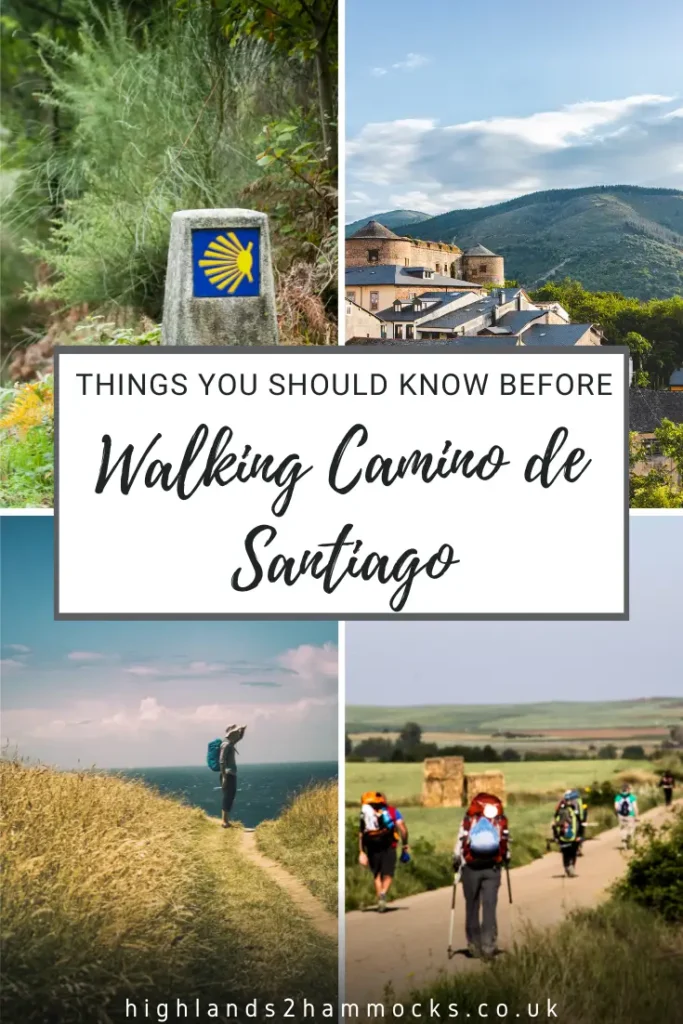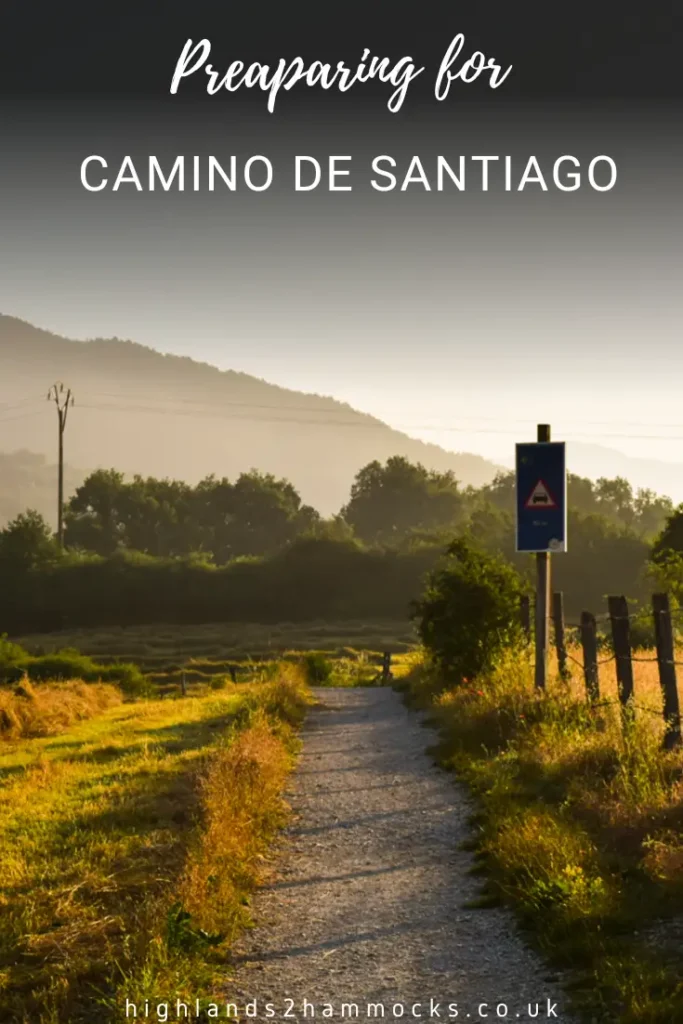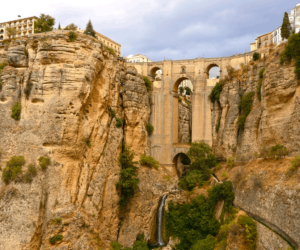The Camino de Santiago has become one of the most renowned pilgrim routes in the world. Each year, thousands of people from around the world take on this challenge, each with their own reasons for doing so. It may be spiritual, fitness, social, or cultural.
If you’re considering walking the Camino, here are some essential things you should know before you start.
No time to read now? No problem, save a pin to your Pinterest board for later!


Things you should know before walking Camino de Santiago
Table of Contents
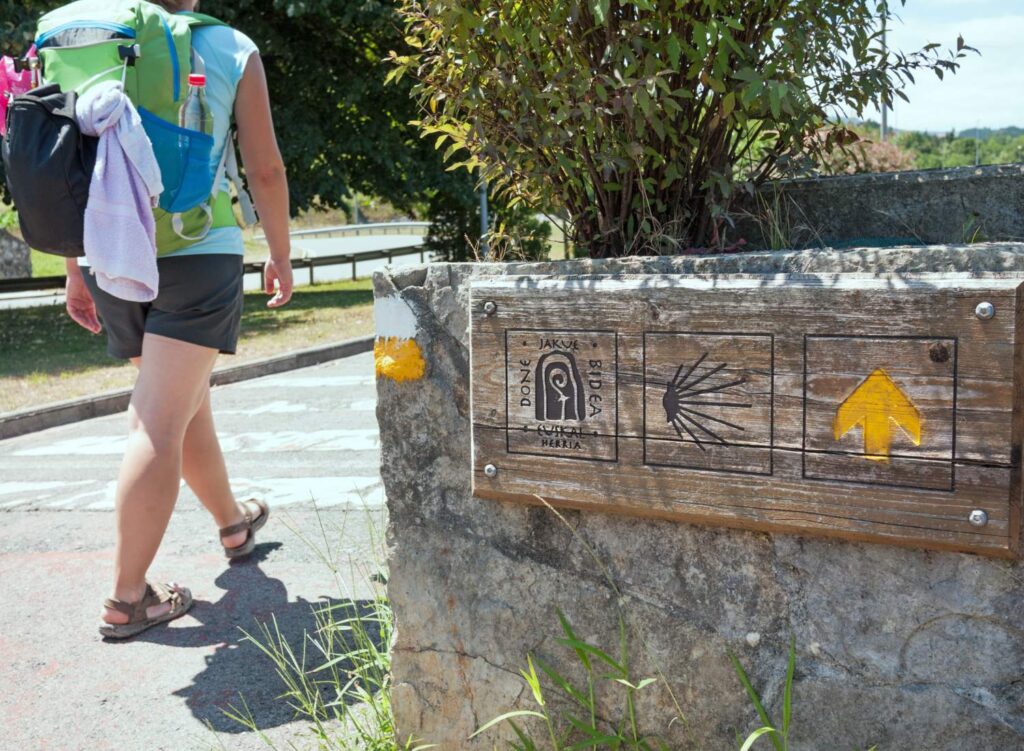
Planning Your Trip
We use the below booking platforms to plan our trips. We hope you find them useful too!
Picking the route
The Camino de Santiago offers many routes. It’s a common misconception that it’s a single pilgrim route heading towards the St. James site in Santiago. It’s possible to receive your certificate by heading down a certified route in Portugal, France, and even the UK.
Camino Portugués is an increasingly popular option due to the coastal views and sea breeze. The two main routes are from Baiona and Porto, both of which are around 130km spread across a week. These coastal routes are suitable all year round and can be more affordable than some other routes, such as in the UK or France.

Choosing the right time
The best time to walk the Camino depends on your preferences. Spring (April to June) and autumn (September to October) offer warm (but milder) weather and fewer crowds. Summer can be hot and busy, while winter brings cold temperatures and potential accommodation closures. For many, Spring is considered to be the best time.
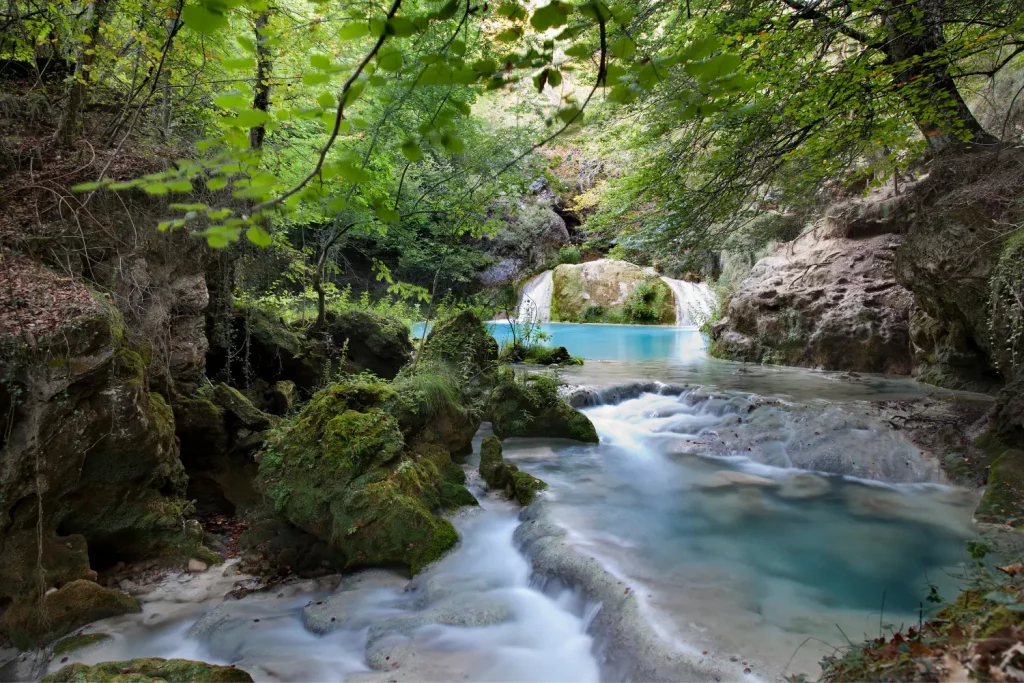
Understanding accommodation options
The Camino offers various accommodation types, from basic albergues (pilgrim hostels) to private rooms in guesthouses or hotels. Albergues are the cheapest option, but often involve shared dormitories. If you don’t want the headache of booking accommodation along a route, use a self-guided tour company like SantiagoWays.
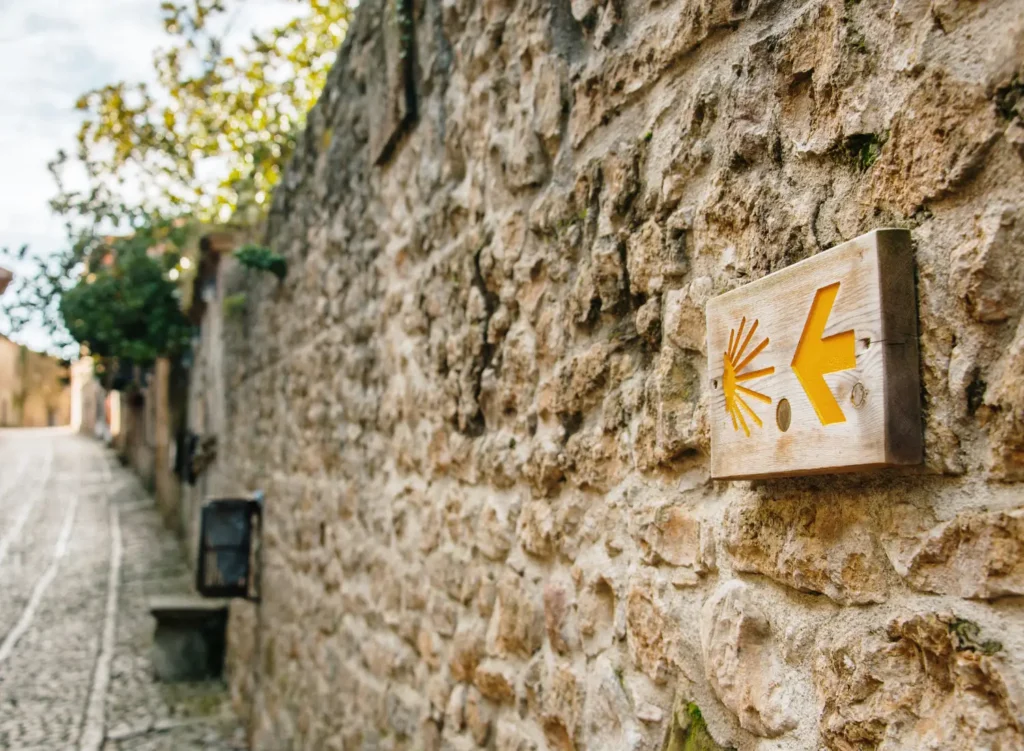
Preparing physically
While the Camino is accessible to people of various fitness levels, it’s still a demanding physical challenge if you’re totally out of practice. Start a walking routine a few months before your trip. Gradually increase your daily distance and include some hills. Is it possible (but not comfortable) to do it when totally unprepared? For many people, it is possible.
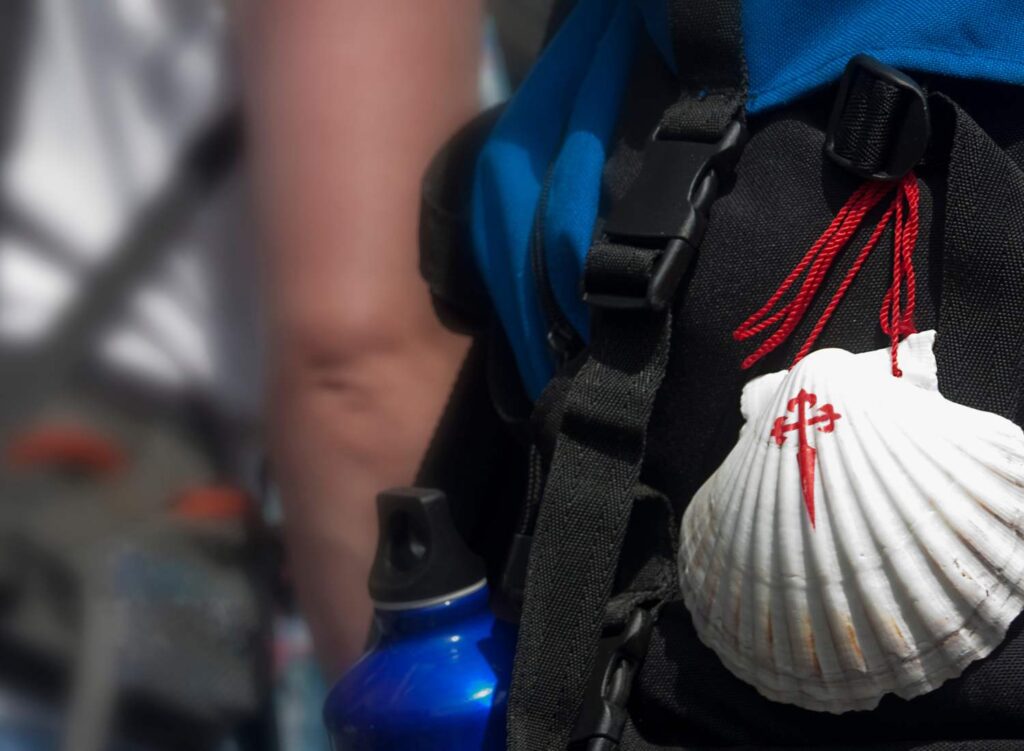
Packing the essentials
One of the most common pieces of advice from experienced pilgrims is to pack light. But, don’t confuse light with negligence. Make sure to have a good quality, comfortable backpack that contains safety essentials, enough water and food, as well as preparation for changes in weather.
Broken-in walking shoes and moisture-wicking socks are important, as well as layering your clothes (not one big, heavy jacket). This makes it easier to both pack and adapt to small changes in environment. Don’t forget a hat, sunscreen, and a reusable water bottle.
Obtain a pilgrim passport (credencial) before you start, too. This document allows you to stay in albergues and is necessary to receive your Compostela certificate in Santiago.
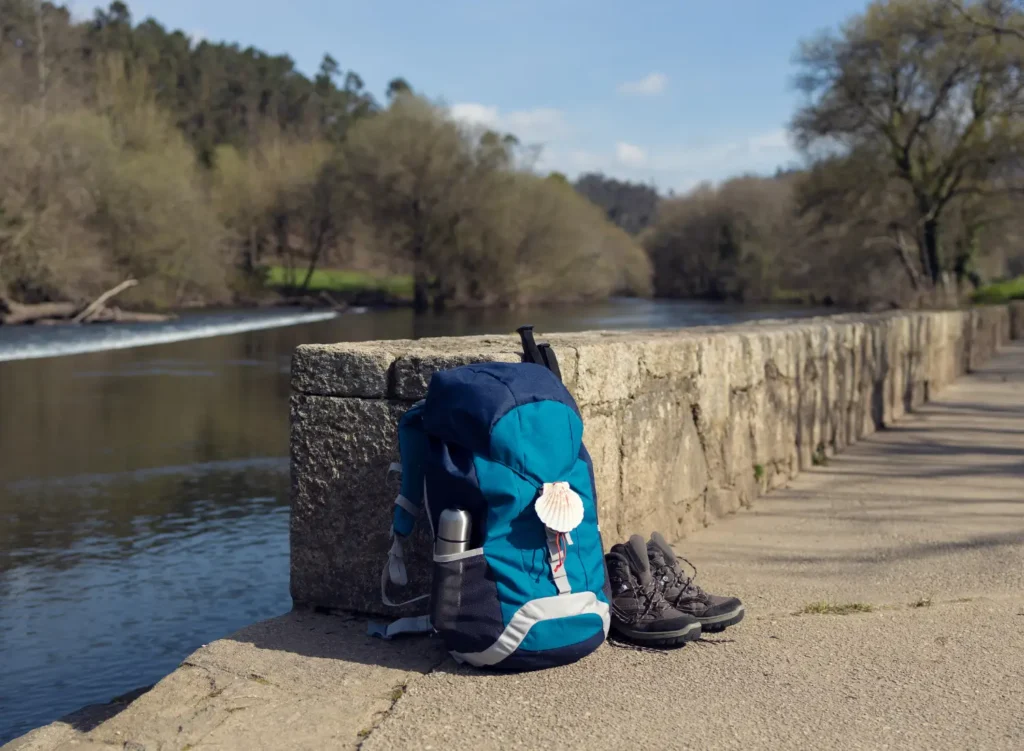
Embracing the experience
The Camino trails are more than just long walks. They’re a time for personal growth, cultural education, and connecting with fellow pilgrims. Being open to new experiences is a big part of the Camino spirit.
Whether you choose the traditional Camino Francés or opt for the scenic Camino Portugués Coastal route, being well-informed and prepared will help you make the most of this journey. The more you plan in advance, the more you can relax when you’re there.

Pin it for later!
